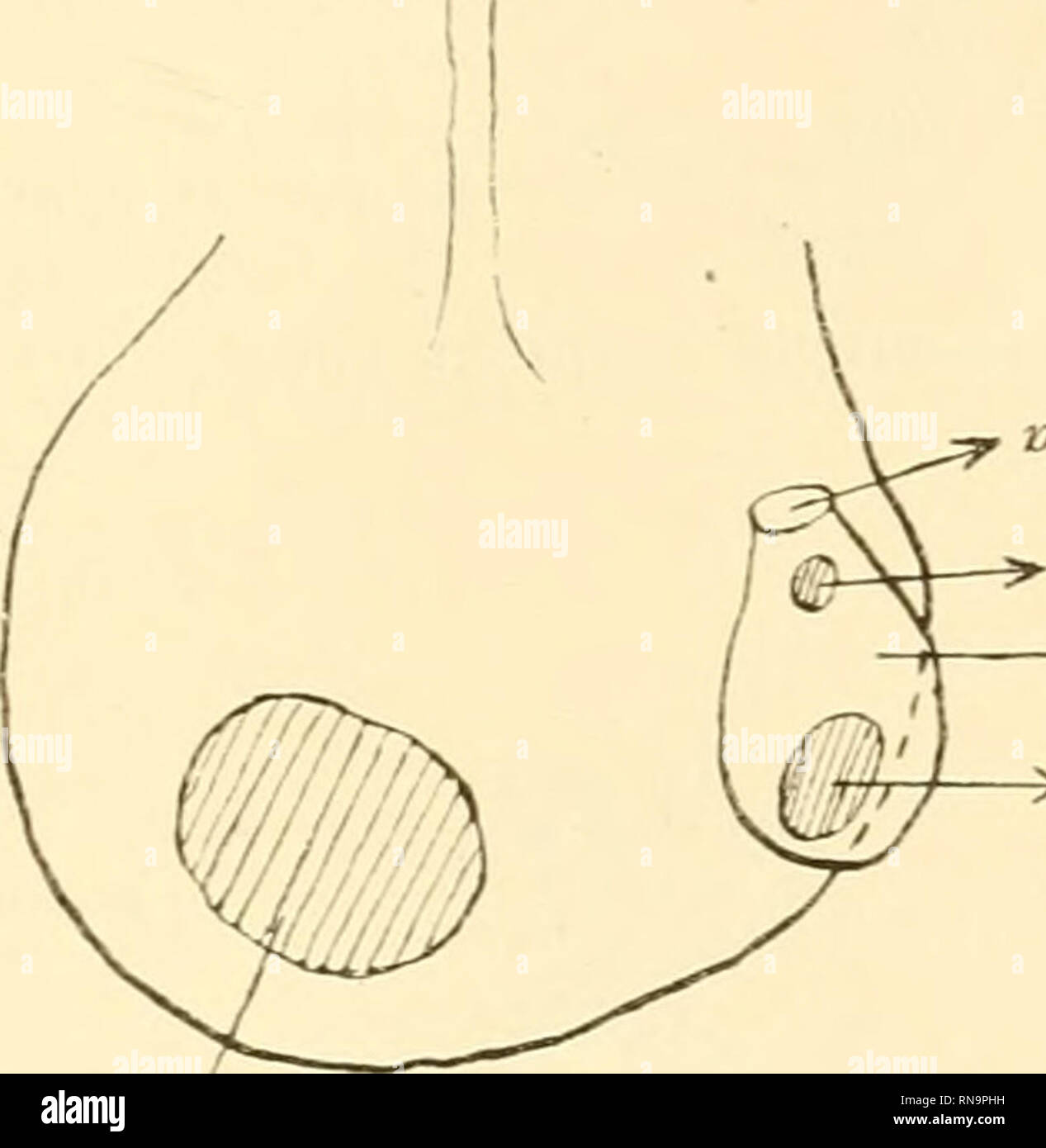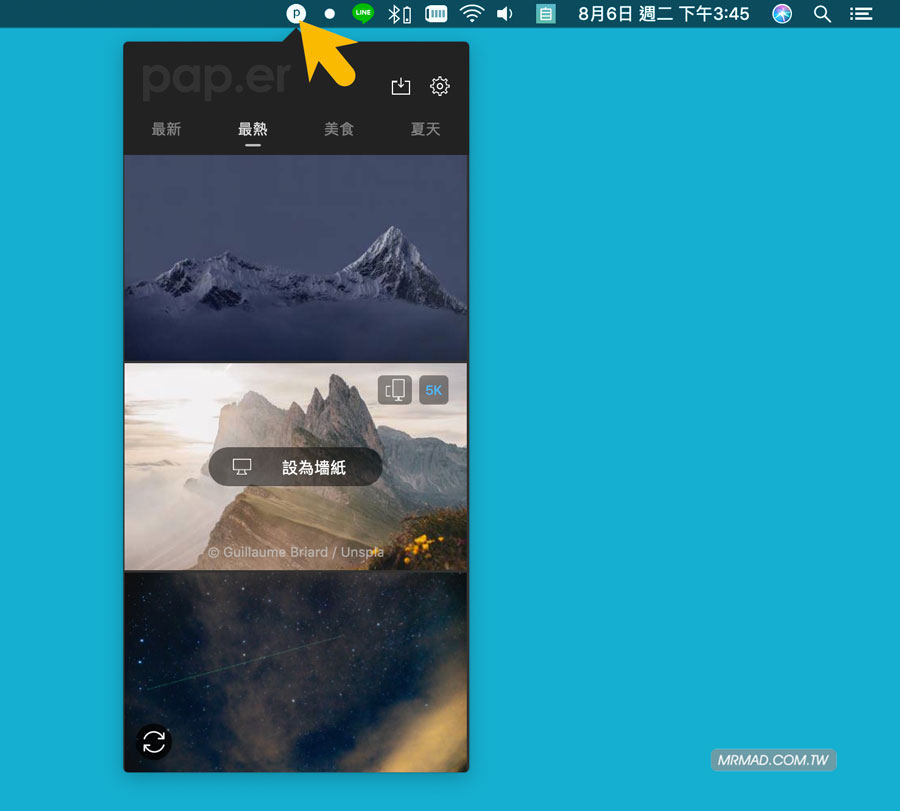| Mackenzie–Papineau Battalion | |
|---|---|
Monument to the Mackenzie Papineau Battalion in Victoria, B.C. | |
| Active | 1937-1938 |
| Country | Canada |
| Allegiance | Second Spanish Republic |
| Type | Battalion - Infantry |
| Role | Home Defence |
| Part of | |
| Engagements | Spanish Civil War |
| Commanders | |
| Notable commanders | Edward Cecil-Smith |
On your Mac, choose Apple menu System Preferences, then click Network. Open Network preferences for me. Click the Add button in the list at the left, click the Interface pop-up menu, then choose VPN. Click the VPN Type pop-up menu, then choose what kind of VPN connection you want to set up, depending on the network you are connecting to.
The Mackenzie–Papineau Battalion or Mac-Paps were a battalion of Canadians who fought as part of the XV International Brigade on the Republican side in the Spanish Civil War in the late 1930s. Except for France, no other country had a greater proportion of its population volunteer in Spain as did Canada.[1] The XV International Brigade, made up also of volunteer battalions from the United States and Britain, was involved in the Battle of Jarama, in which nine Canadians are known to have been killed.
Because the Canadian government passed legislation prohibiting citizens from participating in a foreign war, surviving veterans were not recognized in national military institutions or history. Since the late 20th century, three monuments have been installed in Canada that commemorate this battalion, including one commissioned by the government that was installed in Ottawa in 2001. The names of all the known volunteers are listed there.
History[edit]
Pap.er is an elegant wallpaper application for macOS. The program delivers fresh and stunning wallpapers every day. You can find random wallpapers in 'My wallpapers'. Therefore, you just need to browse the wallpaper library and select the image you prefer most. MACS CPAP system works with your patient providing low spontaneous work of breathing compared to disposable CPAP mask options, and delivers a better patient experience with critical care delivery.
- Download, Install, or Update the best Mac apps - MacUpdate. Browse apps categories. System Utilities Graphics & Design Business. Home System Utilities Desktop Pap.er Download. Downloading Pap.er. If your download didn't start. Create Account and Enjoy ad-free.
- The CPAP shop will help you find the right solution by explaining the features of all our sleep apnea machines, in regards to the results of your sleep study.Feel free to chat with us online or give us a call at 866-414-9700so we can review your options.
1937[edit]
By summer 1937 some 1,200 Canadians were involved in the Spanish conflict. The Canadians had traveled secretly to reach Spain; some of the early volunteers were dispatched mainly with the volunteer Abraham Lincoln Battalion of Americans. Later they traveled with the North American George Washington Battalion, with about forty Canadians serving in each group.
In early May 1937, a separate battalion began to organize for the Canadians in Spain. When it was formally organized at Albacete, Spain in July 1937, the volunteers named it for William Lyon Mackenzie and Louis-Joseph Papineau. These men had led the Rebellion of 1837-1838 in Canada. They became noted politicians in the 19th century, standing for a clean and responsible government. The Canadian volunteers chose this name as a symbol of their national identity and commitment to the Republican government’s side.
At their first battle at Fuentes de Ebro, the battalion was initially commanded by American Robert G. Thompson. By November 1937, however, the battalion had its first Canadian commander, Edward Cecil-Smith. From Toronto, Cecil-Smith was a member of the Communist Party of Canada, an author of the banned play, Eight Men Speak; a journalist, and a former militiaman. Cecil-Smith commanded the Mackenzie–Papineau Battalion for most of its existence.

The soldiers who made up the Mackenzie–Papineau Battalion came from both Canada and the United States. Initially, there was discussion as to whether a third American battalion should be formed: in the beginning the Americans outnumbered the Canadians 2 to 1. Later, Canadians made up about half of the unit. Unlike volunteers from Britain and the United States, who included a significant number of college students and intellectuals, the Canadian contingent was almost wholly working class. Labourers had been attracted to the left by the collapse of capitalism during the Great Depression.

Many Canadian volunteers were members of the Communist Party of Canada. In general, they were self-educated about the conflict in Spain, and about the possible repercussions for Europe and the world. Many other groups also supported the Spanish Republicans and organized the Committee to Support Spanish Democracy. A good percentage of those Canadians who enlisted had been born in Europe, the two largest groups being Finns and Ukrainians. As casualties mounted in Spain, many Spanish volunteers and later conscripts were incorporated into the unit.
Canadians who wanted to serve in Spain had to travel under false pretenses. The Parliament had passed the Canadian Foreign Enlistment Act in April 1937, and formally applied it to Spain in July 1937, prohibiting such volunteering in a foreign war. Even before this prohibition, recruits were generally gathered and transported in secret.
Volunteers usually went first to Toronto, where they met at the headquarters for the operation, located at Queen and Spadina streets. Applicants were screened. For the most part anyone intending to enlist had to have had a history of working for the left. Drunken and adventurous types were weeded out, leaving those who were ideologically committed to the politics of the fight against fascism. These factors, together with the comparatively mature age of the soldiers – 61.5% were over thirty – resulted in a powerful and committed force. From Toronto they traveled to Montreal or, more frequently, New York City, to depart by ships for travel across the Atlantic Ocean to France. They continued to Spain by ship or on foot across the Pyrenees.
1938[edit]
Over the next year, the Mackenzie–Papineau Battalion fought in several major battles, including the Battle of Teruel (December 1937 – March 1938) and the Aragon Offensive (March–April), more commonly known to the Republican forces as the 'Retreats.' The Finnish-American machine gun companies successfully repelled the Nationalist forces, but the collapse of the front on their flanks forced them to join the withdrawal. Their final engagement was the Battle of the Ebro (July–September). This decisive Nationalist victory broke the back of the Republican forces.
In the end, Spanish Prime MinisterNegrín ordered the International Brigades withdrawn on September 21, 1938. Madrid fell six months later on March 28, 1939. By the end of the war, 721 had died of the 1,546 Canadians known to have fought in Spain.
The return of survivors to Canada was arduous. The Canadian government continued its policy of ignoring or prosecuting the veterans of Spain, in accordance with the Foreign Enlistment Act. They depended on friends and family to collect the money to get them home; some men were arrested in France. It was not until January 1939 that the government agreed the veteran combatants could return to Canada. Upon their return, many were investigated by the RCMP because of communist party affiliations. Some were denied employment. A good number of the Mac-Pap veterans fought in the Second World War, but a number were prohibited because of their history.
Legacy and commemoration[edit]
Because the Canadian government did not participate in the Spanish Civil War, the volunteers have not status in military institutions or such national memory. The Canadians who died in the Spanish Civil War are not included in the Books of Remembrance in the Peace Tower. Their sacrifice is not commemorated on federal war memorials or in Remembrance Day services. Those who survived the war are not entitled to veterans' benefits.
But since the late 20th century, a group known as the Veterans and Friends of the Mackenzie-Papineau Battalion have gained government permission and installed three monuments to commemorate these veterans. The first monument was erected in Toronto on June 4, 1995 at Queen's Park. The monument is a large boulder transported from the battlefield of Gandesa, Spain. Attached to the boulder is a memorial plaque for the Mackenzie-Papineau Battalion.[2] A monument to the Mackenzie–Papineau Battalion was unveiled February 12, 2000 in Victoria, British Columbia.[3]

Another monument to the Mac-Pap veterans was erected in Ottawa in 2001 on Green Island Park. This effort was also organized and funded by Veterans and Friends of the Mackenzie-Papineau Battalion. The monument includes the names of the 1,546 Canadian volunteers who served in Spain. This number includes all those who served in the Mac-Pap battalion; the medical, communications, transportation and translation corps; or in other brigades. The monument was designed by architect Oryst Sawchuck of Sudbury, selected in a juried competition by the organizers. It shows a figure of Prometheus raising his arm towards the sun, cut out of a five-metre-high (16 ft) sheet of steel. A 12-metre memorial wall is inscribed with volunteers' names.[4]
Dr. Norman Bethune, who greatly developed the use of mobile army medical units for the Republican side, is one of the few Canadians to be recognized for his service in Spain.[5]
See also[edit]
References[edit]
- ^Adrienne Clarkson, Governor General of Canada, Speech on the Occasion of the Unveiling of the Mackenzie-Papineau Battalion Monument, Ottawa, October 20, 2001. http://archive.gg.ca/media/doc.asp?lang=e&DocID=1331
- ^http://www.web.net/~macpap/monuments.htm
- ^http://www.web.net/~macpap/monuments.htm
- ^Mackenzie-Papineau Battalion monument
- ^Our surgical heritage: MacLean, Lloyd D. and Martin A. Entin, 'Norman Bethune and Edward Archibald: sung and unsung heroes,' in Ann Thorac Surg 2000; 70:1746–1752Archived 2012-02-16 at the Wayback MachineSociety of Thoracic Surgeons. Retrieved 28 July 2013.
Bibliography[edit]
- Beeching, William C. Canadian Volunteers: Spain 1936–1939. Regina: U. of Regina, 1989.
- Hoar, Victor and Reynolds, Mac. THE MACKENZIE-PAPINEAU BATTALION: THE CANADIAN CONTINGENT IN THE SPANISH CIVIL WAR.. Toronto (Copp Clark), 1969. No ISBN issued.
- Howard, Victor, with Reynolds, Mac. The Mackenzie-Papineau Battalion: The Canadian Contingent in the Spanish Civil War. Ottawa: Carleton University, 1986. ISBN9780886290498
- Zuehlke, Mark (2007) The Gallant Cause: Canadians in the Spanish Civil War, 1936–1939, Wiley & Sons Canada ISBN978-0-470-83926-3
External links[edit]
- Governor General of Canada's Speech on the Occasion of the Unveiling of the MacKenzie-Papineau Battalion Monument – Archive.org cached version of Governor General's speech
Further reading[edit]

- Manley, John (Winter 2002). ''Communists love Canada!': The Communist Party of Canada, the 'people' and the Popular Front'. Journal of Canadian Studies. University of Toronto Press. 36 (4): 59–86. doi:10.3138/jcs.36.4.59. Retrieved 10 September 2017.
Password Authentication Protocol (PAP) is a password-based authentication protocol used by Point to Point Protocol (PPP) to validate users. Almost all network operating system remote servers support PAP. PAP is specified in RFC1334.
PAP is considered a weak authentication scheme (weak schemes are simple and have lighter computational overhead but are much more vulnerable to attack; while weak schemes may have limited application in some constrained environments, they are avoided in general). Among PAP's deficiencies is the fact that it transmits unencrypted passwords (i.e. in plain-text) over the network. PAP is therefore used only as a last resort when the remote server does not support a stronger scheme such as CHAP or EAP.
Working cycle[edit]
PAP authentication is only done at the time of the initial link establishment, and verifies the identity of the client using a two-way handshake.
- Client sends username and password. This is sent repeatedly until a response is received from the server.
- Server sends authentication-ack (if credentials are OK) or authentication-nak (otherwise)[1]
PAP Packets[edit]
Description | 1 byte | 1 byte | 2 bytes | 1 byte | Variable | 1 byte | Variable |
|---|---|---|---|---|---|---|---|
| Authentication-request | Code = 1 | ID | Length | Username length | Username | Password length | Password |
| Authentication-ack | Code = 2 | ID | Length | Message length | Message | ||
| Authentication-nak | Code = 3 | ID | Length | Message length | Message |
App For Mac To Record Screen
PAP packet embedded in a PPP frame. The protocol field has a value ofC023 (hex).
| Flag | Address | Control | Protocol (C023 (hex)) | Payload (table above) | FCS | Flag |
|---|
See also[edit]

- SAP - Service Access Point
Pap For Macbook
Notes[edit]
App For Macbook
- ^Forouzan (2007). Data Commn & Networking 4E Sie. McGraw-Hill Education (India) Pvt Limited. pp. 352–. ISBN978-0-07-063414-5. Retrieved 24 November 2012.
References[edit]
- Lloyd, Brian; Simpson, William Allen (1992). 'Password Authentication Protocol'. PPP Authentication Protocols. IETF. p. 2. doi:10.17487/RFC1334. RFC1334. Retrieved 16 July 2015.
Pap Format For A Paper
